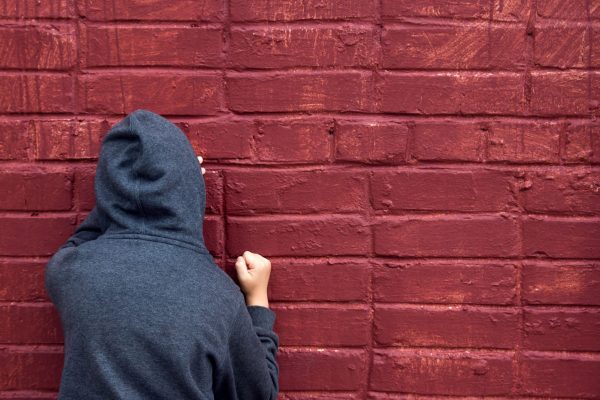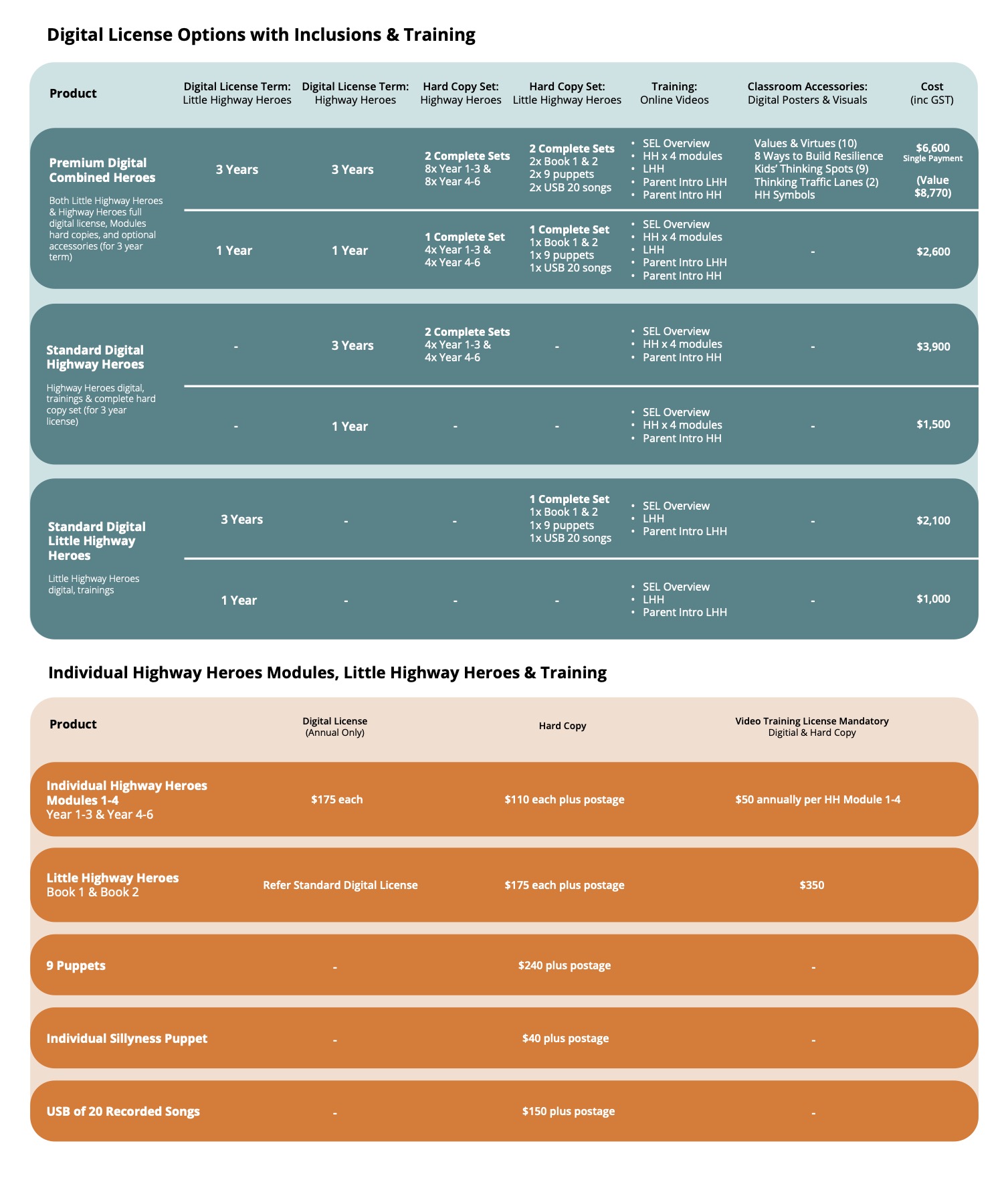Bullying – it happens in homes, schools and workplaces everywhere. That’s right – everywhere. It takes no notice of hair colour, gender, socio-economic status, race – no one is immune. Of course, some children are much better at dodging and warding off potential bullies – temperament, skills, playground smarts all play a part. But, it is fair to say that over a lifetime, no one will get away with not witnessing or experiencing some form of bullying.
Now, if it’s that common and that expected what can we do – as parents, teachers, therapists – whatever your relationship to a child – to set a strong social shield in front of a child to guard and protect them over their lifetime?
Opinion polling on bullying
Recently, a prominent national breakfast television show polled its viewers on this issue, “Should school bullies be dealt with by police?” which we also asked our online community on the BEST Programs 4 Kids Facebook page. This is a contentious and divisive issue and we certainly saw a range of opinions and expressed considerations – in fact 80% of the responses on our page were in support of police involvement in reported cases of bullying.
Bullying has evolved
Bullying is complex – and we mean COMPLEX! It’s no longer true that the typical bully is the child hanging out, hands pushed down into pockets, a little group of bullish supporters, by the canteen waiting to thump you and extort your out of lunch money. Bullying has evolved and of course, the way in which it’s expressed has evolved too.
From the ‘in-your-face, waiting in the bike racks, not-very-subtle’ bullying we’ve moved into the age of sophisticated bullying. Using friendship networks to pack a real emotional punch, using parents involvement to fan the flames, using the cyber-world to gather support, spread the rumours and gain power in the ever-changing social hierarchy. And if that doesn’t work, there’s the turning to trolling to really get a reaction and from there to systematically disassemble a child.
Some bullying home-truths
Any parent who has had a child bullied knows these facts:
- There are two sides to every story
- Hurt children will often hurt children as a defence
- Parent involvement without external moderation is NASTY
- The more children involved giving opinions, the muddier the story becomes
- Schools often feel helpless to get to the bottom of the story
- Sneaky or covert bullying can often be undertaken by the child who’s very acceptable when around adults and very unacceptable when around children. It’s difficult to see through that façade
- Defending your child’s retaliatory actions happens – but really, this isn’t the solution
Responding to some of the issues raised by the poll
Should we teach empathy not bullying prevention – actually, there’s a case for both. All children should be taught how to respond to their own needs and to those of others. That’s a life skill. However, so is being able to stick up for yourself, to manage social difficulties early and effectively. Assertiveness can often be expressed aggressively by children if it isn’t properly taught and trained.
Understand what bullying is – take a step back when your child tells you about an incident at school. Firstly, try not to leap to the conclusion that it was bullying – and until you’re sure, don’t label it as that for your child. The word ‘bullying’ always garners a strong emotional response. Remember to consider the whole story so that while you step in to advocate for your child, you also remember that your child has a part in the interaction. Did the incident happen because your child didn’t have the assertiveness skills on board to fend off the early attempt, did your child inflame the situation – even inadvertently. In every bullying incident there is something to be taught and something to be learned. Look for what your child needs to know to avoid the same or similar incident happening again.
Recognise that every iceberg has a tip – and that’s all you might be seeing when your child is bullied by another child. No, we can never excuse a child’s poor behaviour but we can try and understand where it might be coming from and then use that to teach our child about how to deal with that behaviour in the future. It has been proved time and time again that punishment alone doesn’t stop bullying from continuing. What does help is understanding the bullying behaviour of another and identifying gaps in your child’s skill set in dealing with it.
Schools have a role to play too – not every school has a strong anti-bullying culture and policy – or maybe they do but it’s not actively policed. The method of approach is essential to getting school staff and administrators on-side – and if that’s not possible then progressing up the chain of command is essential. What is the best approach? Well, that depends on the school, the principal and you. Yes, you. Storming in, demanding answers and repercussions is generally a recipe for disaster. Be consistent. Record and report. Record and report. Ask your school what Social and Emotional Well-being curriculum they have in place and whether bullying is being addressed through that curriculum – it should be. We know that this is a HUGE issue for parents and a HUGE issue for school. HUGE – and the growth of a school culture that promotes care and empathy as well as a no-tolerance approach to bullying is the ideal. You might like to read more in our blog here about how schools can and do achieve this.
Teach resilience – oh yes! Banking resilience against the day where you’re going to need to make a withdrawal is crucial. Some children have resilience in buckets – and others only thimbles. Life dips into those buckets and thimbles all the time, so teaching the skills around resilience and emotional self-regulation should be a core part of every child’s home and classroom learning. The Highway Heroes curriculum is all about teaching those skills to children – every day in every classroom so that they become an automatic part of the child’s approach to life.
Strong measures send a message – for repeat offenders, children who show little remorse and based on the impact of the bullying behaviour, involvement by figures of authority sends a clear measure to cut it out…now! In some cases, this may be the principal – that might be enough to tell the child that their actions have been seen and will not be tolerated. But for some children, stepping that up to involving the police sends a clear message with enough impact to stop the behaviour immediately.
Assess the involvement of significant others – sadly, it is sometimes true that within school systems, children who have a parent working at a school feel safe from punishment for their actions. One face for the staff and another out there while no one is watching. Let’s get clear – this is rare – and mostly the children of staff members are held to an even higher standard for their behaviour. But when that’s not the case, it sets up a very difficult power differential for a child and parent to negotiate effectively. In fact, you can feel defeated before you even begin because you feel like the system is already stacked against you. This is just the right time to get an independent third party involved. Someone who can objectively advocate for you and your child – which in itself redresses the power imbalance.
A complex issue
Bullying is not a clear-cut issue that demands the involvement of the police or not. Humans are complex. Responses to personal and social affronts are individual and complex. Resilience and regulation factors are complex.
What we all need to acknowledge is that when a child doesn’t feel safe in their home or learning environment it changes the way the see and operate in the world. And that means we, as the adults who surround and wrap around that child (in whatever context we are involved with that child) have the duty – yes, the duty to sort through the issues and come to a point of resolution. And in turn that means two courses of action. Firstly, upskilling the child and secondly, managing the situation. One of those actions without the other will most definitely lead to repetitions and cycles of bullying – from the child on the receiving end and the child engaging in that behaviour.
Read on for more
Bullying is a serious issue for children, families and schools. Our ‘What to do about’ Bullying, teasing and all that stuff Kids’ and Parents’ Guide have masses of practical suggestions written in easy to understand and action language. Also, have a browse through our blogs – many of which address the complex issues surrounding bullying – even those where your child might be at the centre of the bullying action. Knowledge is always power – especially in parenting. If there are issues that have come up for you as a result of reading this blog, please do email us at [email protected].


